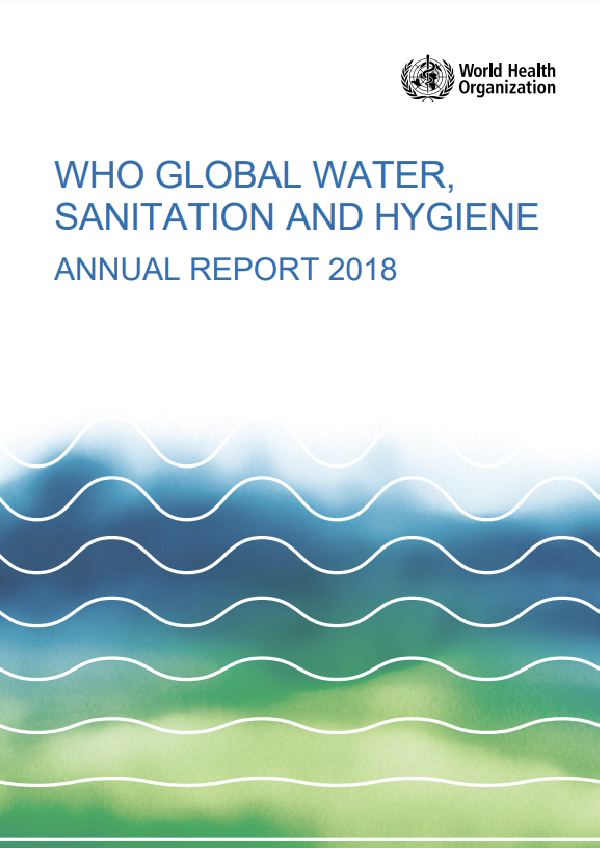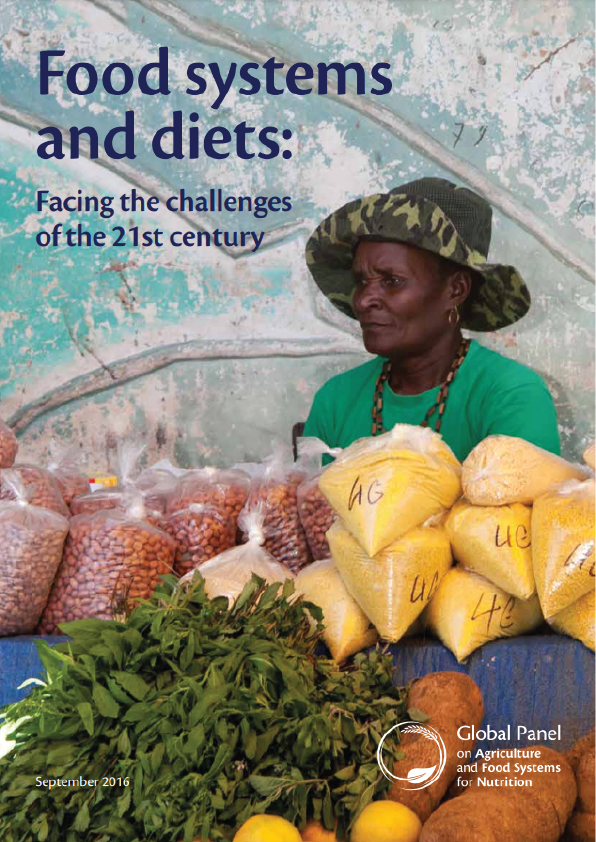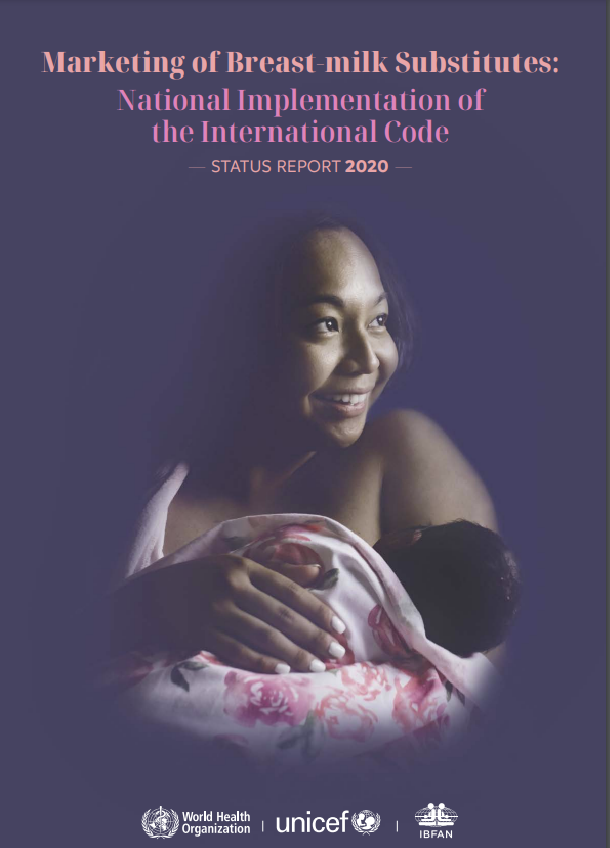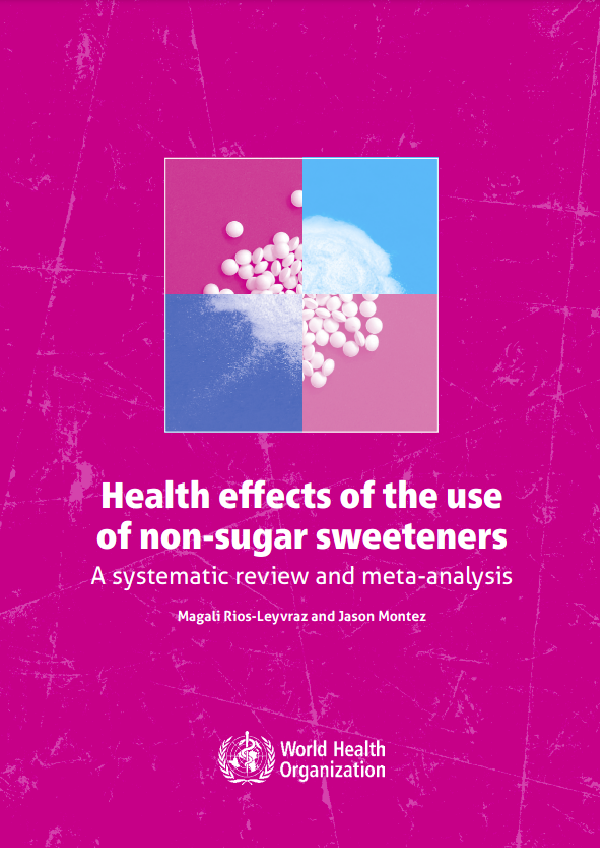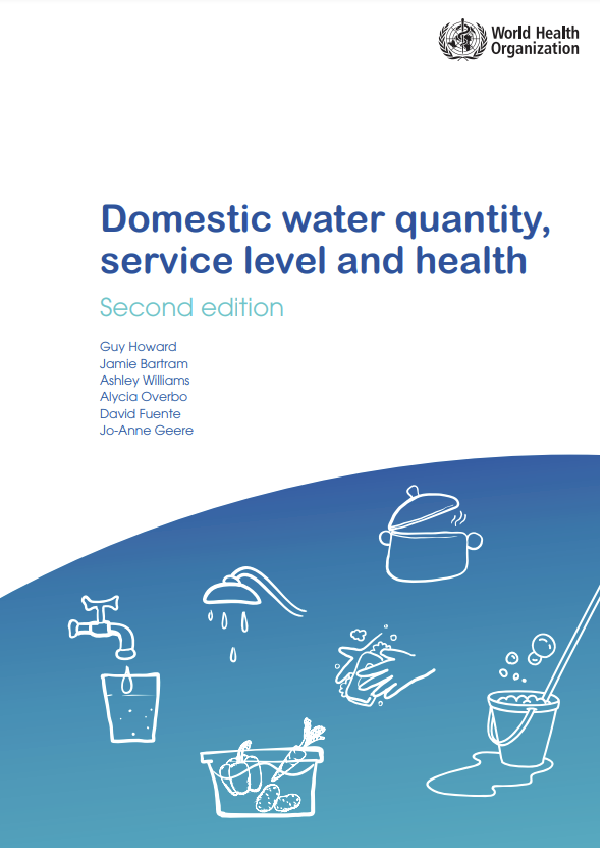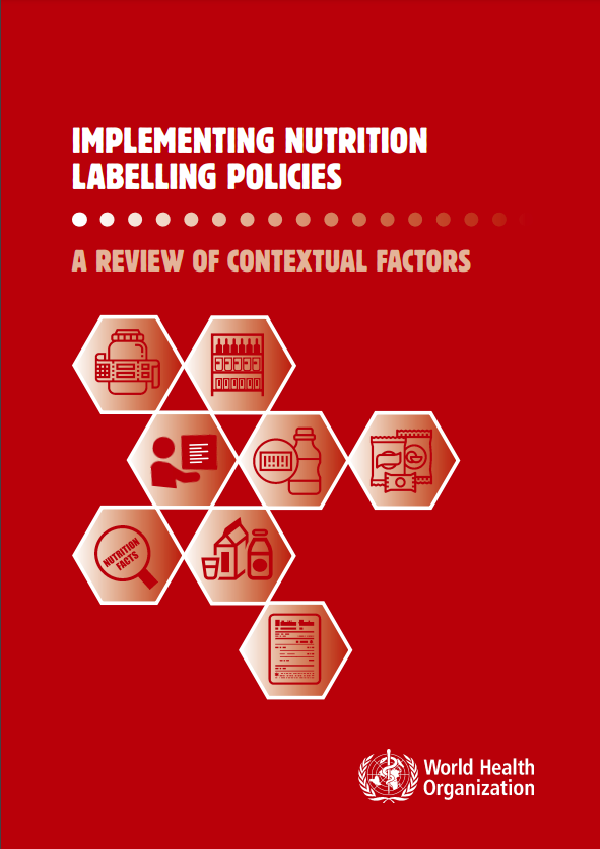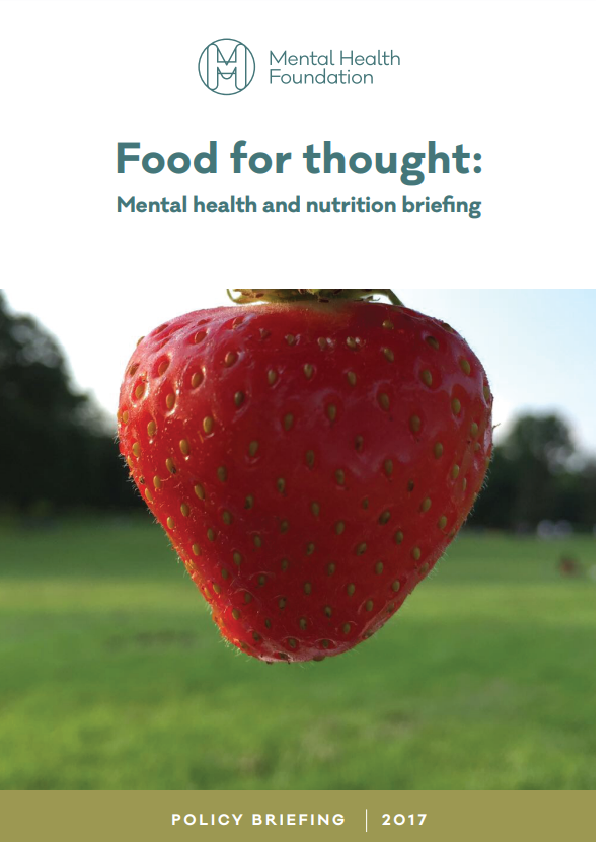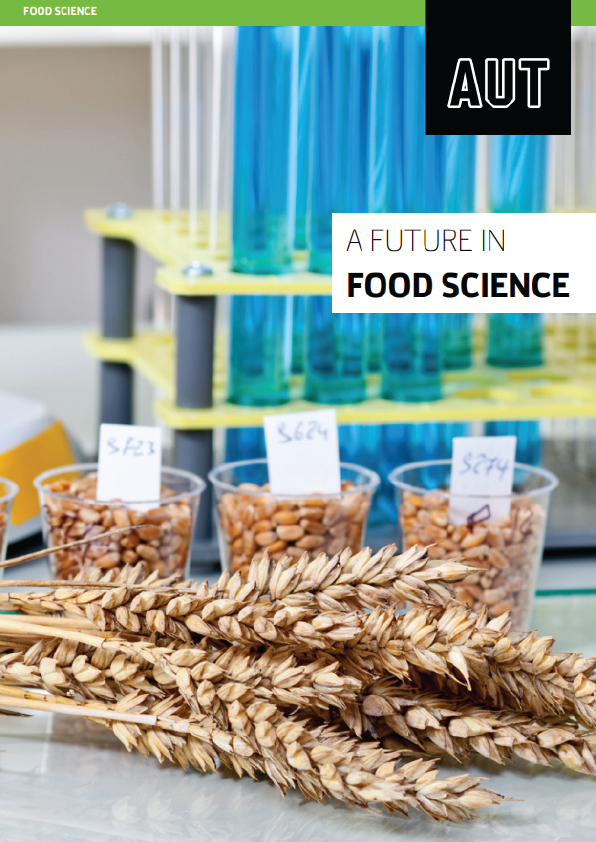An estimated 2 billion people drink water that is faecally contaminated, 4.5 billion people use a sanitation system that does not adequately protect either their family or the downstream community from harm, and many vulnerable patients and students suffer from poor access to water, sanitation, and hygiene (WASH). Extended burden of disease estimates shows that improvements to drinking water, sanitation, hygiene, and water resource management could result in the reduction of almost 10% of the total burden of disease worldwide. However, progress is not yet on track to meet the global aspirations of the Sustainable Development Goals (SDGs) to promote both higher levels of WASH service in the form of well-managed services, and to ensure access to at least basic service levels as part of the “leave no one behind” agenda.
Consequently, WHO has identified safely managed water and safely managed sanitation as high priorities and two of 46 impact targets for which the Organization will be held accountable. The importance of WASH in health care facilities is confirmed by the World Health Assembly Resolution (WHA 72.7)3 approved in May 2019 that mandates WHO “to work with the Member States and partners to review, update and implement the global action plan and support Member States in the development of national road maps and targets for safe WASH in health care facilities.”
2018 marked the first year of the implementation of WHO’s 2018–2025 WASH Strategy, outlining WHO’s vision “to substantially improve health through the safe management of water, sanitation and hygiene services in all settings”. The strategy aligns WHO WASH work with the SDG framework, objectives presented in the WHO Thirteenth General Programme of Work 2019–2023 (GPW 13) ,and WHO’s comparative advantages in WASH.
During 2018, WHO remained focussed on tackling, with its partners, the still unacceptably high WASH-related burden of disease. WHO contributed by publishing norms and guidance that promote evidence-based practices in safe management of water and sanitation, developing guidance and delivering training for improving WASH in health care facilities, engaging in robust global monitoring to mobilize political will, and providing targeted technical assistance to countries through a network of environmental health officers in six regions and over 70 countries. WHO also worked to promote active and meaningful communication and collaboration between health and WASH sectors, emphasizing the most achievable interventions and management approaches.
Acknowledging that attainment of universal access to safely managed WASH is a highly aspirational goal for some countries, WHO and partners continued to work with countries to support the development of relevant and achievable national objectives by decision-makers, and to ensure that progress can be meaningfully measured by country-owned processes.
Process accomplishments during 2018 include greater alignment and efficiencies between country, regional and headquarter levels within WHO, more efficient technical support to countries through use of communication technologies and training collaborations with partners, and significant contributions to common platforms such as the Global Network on Quality Care for Mothers, Newborns and Children, the Global Task Force on Cholera Control (GTFCC), GEMI and Sanitation and Water for All.
